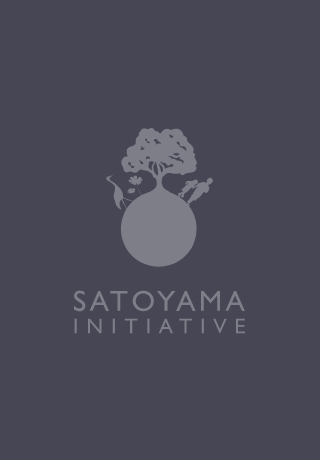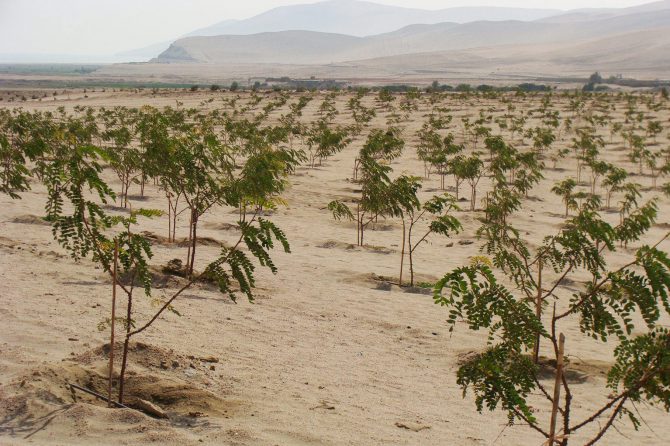2014 PERU
Evaluation of the biodiversity chain in barren landscapes ecosystems restored through reforestation with Caesalpinea spinosa, in the southern semiarid coast of Peru
Asociacion Pro Desarrollo Agroindustrial de Camana (APAIC)
Research activities
Landscape
Overview
Poor ecological status and socio- economic conditions in the coastal areas of Camana represent the degraded semi-arid and sub- humid tropical zones of Peru. The area thus requires the development of alternative social, economic and environmental activities adapted to water scarcity, in order to support the restoration of degraded ecosystems and to improve the living conditions of local communities. This project evaluated the results and impacts of two previous projects that restored Caesalpinea spinosa (Tara) forests in semi-arid coastal ecosystems in Peru, with a particular focus on the linkages between water, soil, flora and fauna. Further, the Project developed a strategy for the restoration of barren lands along the southern coastal region of Peru.
Key achievements
- The project consolidated the knowledge on the benefits from three types of Tara (Caesalpinea spinosa) forests in arid coastal Peru, i.e. relatively protected natural forests, degraded forests (both on lomas1 ecosystem), commercial plantations and plantations for restoration of the degraded landscape.
- The project investigation identified several benefits from Tara forests to local communities, including water storage, soil fertilisation and income from the sales of the ingredients (fruits) extracted from Tara trees. The investigation also clarified higher biodiversity and carbon sequestration in protected Tara forests.
- The results of the investigations laid the basis for the formulation and implementation of sub-national and national strategy for the restoration of degraded landscapes in the Peruvian coastal regions.
Lessons
- Barren or degraded lands in Peru that are considered as wastelands do have the potential to be restored, to become resilient and to benefit local communities, with a little push to initiate reforestation.
- Identification of the status and trend of biodiversity lays the basis for a plan to improve the current status.
Project location
Organisation

Asociacion Pro Desarrollo Agroindustrial de Camana (APAIC)
- Sector
- Non-governmental organisation
- Country
- Peru
Relevant projects
Projects of the same year
Aichi Biodiversity Targets
Aichi Biodiversity Targets
-
Awareness increased
-
Biodiversity values integrated
-
Sustainable production and consumption
-
Sustainable agriculture, aquaculture and forestry
-
Ecosystems and essential services safeguarded
-
Ecosystems restored and resilience enhanced
Sustainable Development Goals
Sustainable Development Goals
-
Life on land
-
Partnerships for the goals
